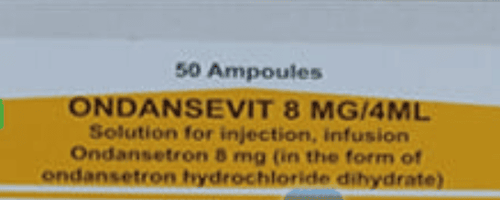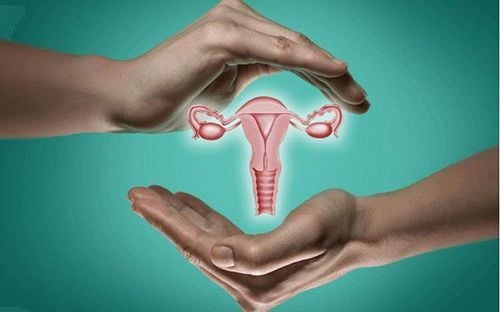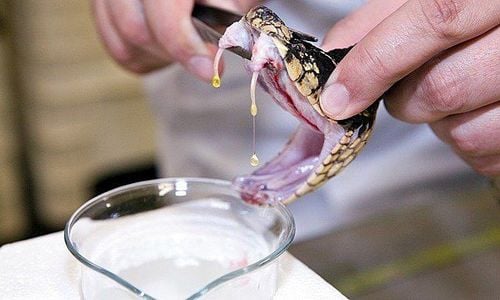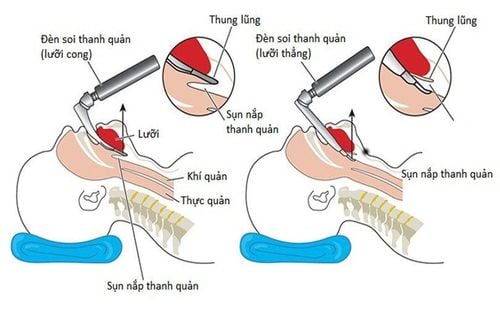This is an automatically translated article.
The article was professionally consulted by Master, Doctor Nguyen Nam Duong, Emergency Department - Vinmec Ha Long International HospitalEndotracheal intubation is an indispensable method used in anesthesia and surgery. This is also a very important procedure that is vital in the field of resuscitation and emergency. Endotracheal intubation is still one of the best and most effective methods to open and protect the airways or invasive artificial ventilation. In which case is endotracheal intubation technique indicated?
1. Why is endotracheal intubation required?
Endotracheal intubation is a solution to maintain an open airway and invasive artificial ventilation by inserting a plastic tube into the patient's airway. The method of intubation is performed according to different pathological situations, for the following purposes:Maintain breathing when the patient has respiratory failure; Respiratory support when the patient has an airway obstruction; Protect the airway when the patient is comatose or has lost airway reflexes; Control the airway during surgery requiring endotracheal anesthesia. Endotracheal intubation is a good and effective way to control the airway in the field of surgery, resuscitation and emergency. Despite the potential risks, this is still a necessary and mandatory procedure when looking for ways to support a patient's life.
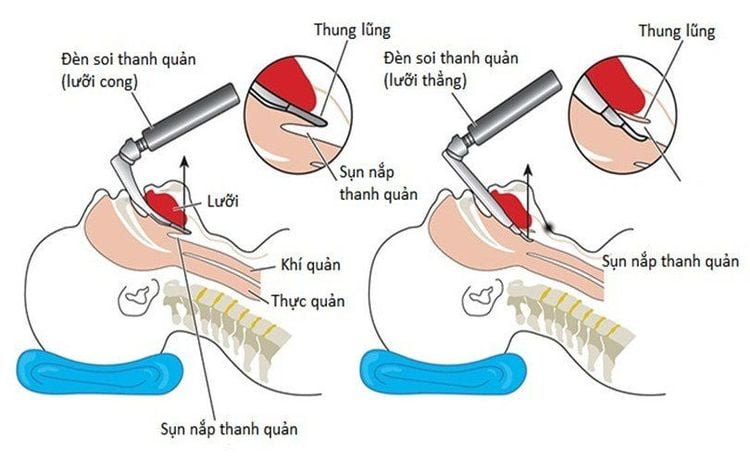
Phương pháp đặt ống nội khí quản là cách kiểm soát đường thở tốt và hiệu quả trong lĩnh vực phẫu thuật, hồi sức và cấp cứu
2. Indications for endotracheal intubation
Open or protect the airway: The patient will be indicated for intubation when it is necessary to facilitate suction of sputum, secretions or have problems such as:To open the airways in cases of airway obstruction management due to foreign bodies, phlegm, water, food...; Loss of protective airway reflexes due to head trauma, circulatory arrest... Intrusive artificial ventilation: Intubation is also used in the following cases:
Anesthesia for the patient's airway; Support patients with hypoxemia due to pulmonary edema, pneumonia; Increased carbon dioxide due to chronic obstructive pulmonary disease (COPD), bronchial asthma ; Support for patients with acute respiratory failure: Used for most acute respiratory failure, except for cases requiring ventilation by means of controlled alveolar hypoventilation: Acute lung injury due to blunt trauma to the lung, due to drowning, by inhalation...; Decreased alveolar ventilation due to neuromuscular disease, CNS disease, poisoning; Exacerbation of chronic respiratory failure; After resuscitation, circulatory arrest.
3. Advantages of invasive artificial ventilation at Vinmec Ha Long
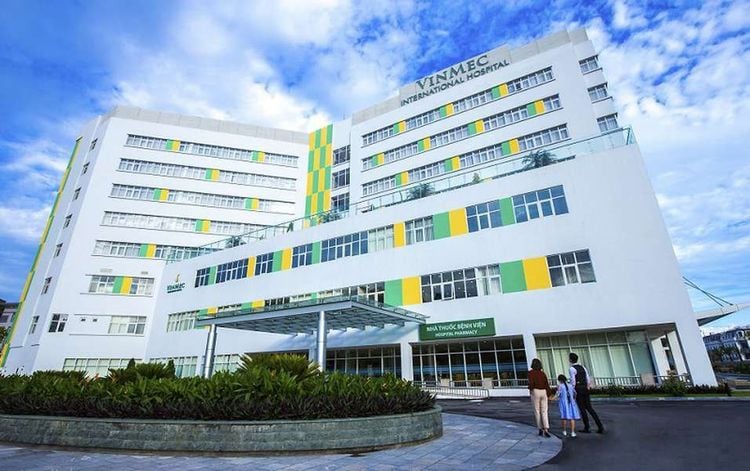
Ưu điểm của kỹ thuật thông khí nhân tạo xâm nhập tại Vinmec Hạ Long là gì?
15'' touch screen with ultrasonic surface technology; The oxygen sensor does not need periodic replacement; Can be used from infants to adults; FRC functional residual capacity monitoring, thereby helping to find optimal PEEP; Plot an exact P-V curve with alveolar pressure; SBT natural breathing training tool, ensuring fast and safe weaning from mechanical ventilation; Monitor the patient's indirect metabolic energy and EtCO2; Calculation of cardiac output, volume and other respiratory parameters. 3.2 Advantages of qualified medical staff The artificial invasive ventilation technique at Vinmec Ha Long is performed by a team of well-trained, experienced and reputable doctors in the field. Area of Emergency Resuscitation:
Master. Doctor Nguyen Nam Duong Specialist Doctor I Do Van Manh Master, Doctor Vu Huu Thang The above advantages help the invasive artificial ventilation technique at Vinmec Ha Long ensure accuracy, bring effective results. good treatment results.
3.3 Advantages of infrastructure and conditions of care Nosocomial infections, especially ventilator-associated pneumonia, are one of the causes of increased hospital mortality and length of stay. , treatment costs and serious consequences for patients on ventilators, affecting quality of life later on.
However, at Vinmec Ha Long, hospital infection rates are minimized through optimization of all stages of patient care. From the initial investment in basic construction such as self-contained wards, one-way clean air system, positive pressure for the ICU room, negative pressure for the isolation room, to the application of strict procedures on control Controlling hospital infections according to international standards, maintaining regular inspection and monitoring activities.... As a result, the fight against hospital infections is carried out very methodically. The rate of BV infection is much lower than the general hospital infection rate of Vietnam. The success rate in invasive artificial ventilation is therefore also significantly increased.
If you have any questions about intubation techniques at Vinmec Ha Long, please contact HOTLINE 0203 3828 188 or register for online examination and consultation HERE.





